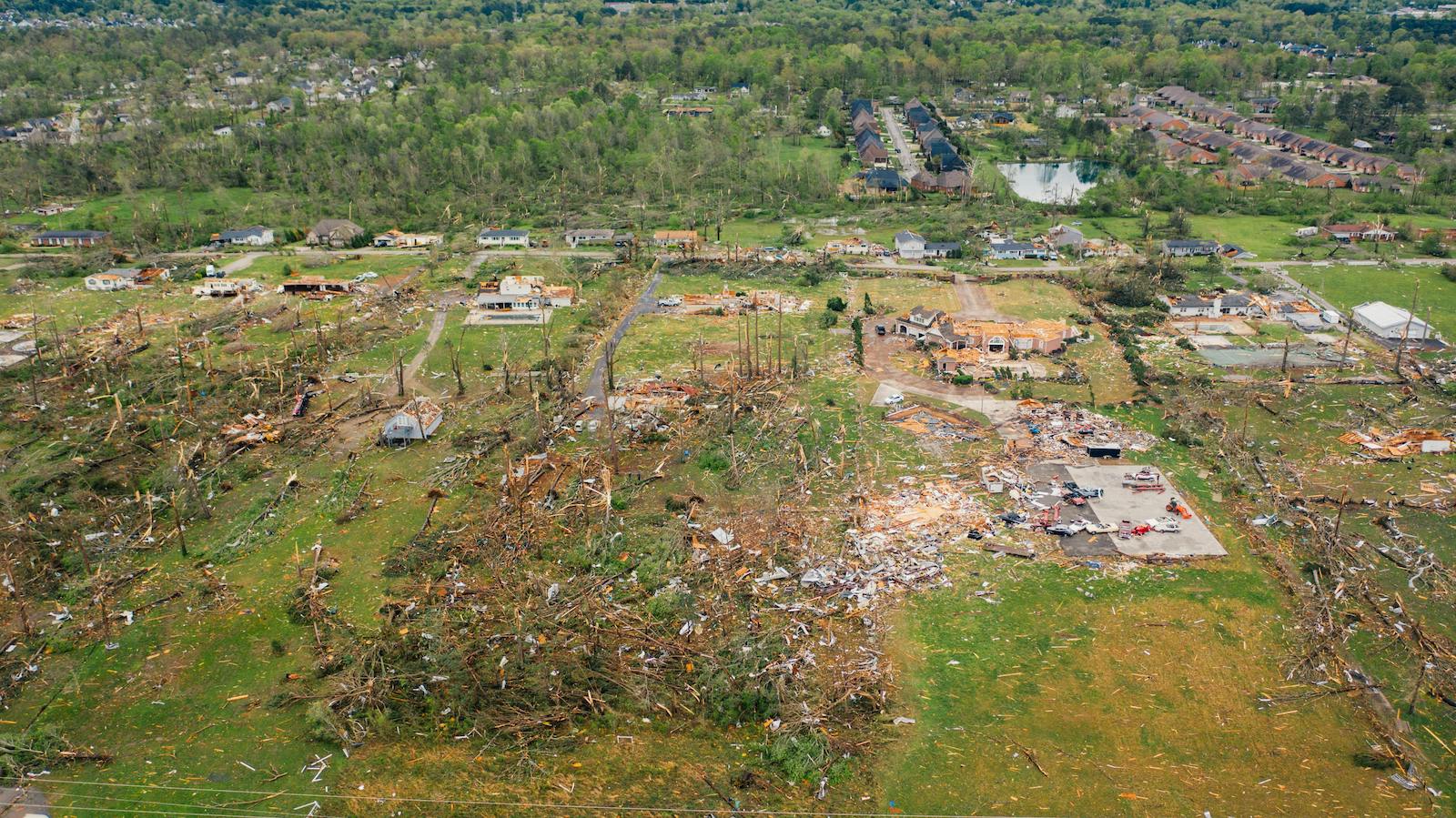Climate change is affecting almost everyone in every region throughout the world. Whether it’s hurricanes off the Atlantic coast, flooding in Louisiana, hailstorms and tornadoes in the Midwest or wildfires in the West, climate change is forcing insurers to re-examine how they prepare for and support catastrophe claims.
Recent reports from the National Oceanic and Atmospheric Administration (NOAA) predict with 70% accuracy that the hurricanes that hit the U.S. this year will be major ones – category 3, 4 or 5, with winds of 111 mph or higher. (Hurricane Ian is currently expected to be a Category 4 hurricane when it hits the Gulf Coast of Florida this week.) The intense storms present multiple challenges for insurers, including how to manage the rising number of catastrophe claims.
For insurance companies to provide the support that their customers need, it’s critical to leverage technologies that improve weather modeling. This helps insurers adapt to weather-related catastrophes and improve how they make decisions. By improving weather modeling and analyzing data and damage from past weather catastrophes, insurers can provide better support (both virtually and in-person) to customers during difficult times.
Leveraging predictive analytics
One form of technology that insurers are using to improve the claims process is predictive analytics. Predictive analytics analyze and interpret vast amounts of data to help predict outcomes so insurers can help customers make changes in advance to mitigate risk. Leveraging predictive analytics helps insurers rethink their business models to innovate, improve business processes and enhance customer experiences. The industry is already moving in this direction as 53% of risk businesses are using predictive analytics for pricing and product innovation.
See also: Top 2022 Global Business Risks
For insurers to streamline their business processes and provide better support to their customers, consider the following three strategies.
1) Build a system that can quickly scale and mobilize your team
In many cases, we know when a hurricane or severe storm is going to hit. Insurance companies must be prepared to ramp up support activities on a massive scale in a short time. This means having plans in place to mobilize teams and service providers. By incorporating predictive analytics into the planning process, insurers can determine how many field support experts are needed, where to send them and what resources they need.
During a recent hurricane season, we already had a plan in place, working on behalf of multiple insurers. Claims adjusters were equipped with computers, augmented reality and virtual inspection tools to speed up inspections and processing. We supported thousands of claims across hundreds of miles of devastated towns, which included deploying teams to the hardest-hit areas.
2) Plan for feet on the ground and logistical support
When hundreds of people enter a region that has been devastated by a natural disaster, logistical support becomes crucial. When developing a blueprint for on-site support, consider the following areas of need:
- Are adjusters trained in specific areas such as coastal or mountain regions? Do they have experience dealing with hurricanes, tornadoes or earthquakes?
- Is your internal IT team equipped to support a massive amount of data collection and analysis in real time?
- Are there enough generators, vehicles, food/water and places to stay for field support teams? For example, during one extreme weather event, we had an extra 150 to 200 people at headquarters on standby to support the extra 400 people we had on-site.
Training programs that are continually updated with the latest analysis of recent disasters help hone support programs. As weather-related catastrophes continue to increase, it’s important to make sure that insurers are prepared for multiple disasters simultaneously.
3) Equip your team with advanced IT support
Predictive analytics can alert local authorities as to where the areas of devastation will be, when to evacuate and what areas to avoid. The supporting technology applications that insurers use on the ground and back in the office to provide the information needed to support customers is vital.
Prioritize regularly updating guidelines for all teams based on new experiences when supporting customers following natural disasters. For instance, we use inspection tools so our claims adjusters can take photos and upload them while in the field to expediate processing. Similarly, using cost-estimate platforms, which are based on data run through predictive analytics programs, means adjusters can give estimates on payment information to customers in real time. This promotes efficiency and helps provide emotional support to customers who are concerned about how long it will take to repair their house or vehicle.
A new form of technology that we’re using frequently is virtual inspections. This self-service tool helps alleviate the burden on local agents as well as in smaller communities that are far away from where the event (hurricane, tornado, etc.) occurred. While there might be less damage in a town 500 miles away from the impact area, those communities need support. Having customers upload images or show damage via a camera in real time means an agent who is stationed at headquarters can view the damage and help support customers.
One example is the winter storm that covered Texas in mid-February 2021, where hundreds of thousands of insurance claims were filed for home and property damage. To effectively organize and assess the claims process, we stepped in to help insurers respond.
With claims from the state estimated to cost between $10 billion and $20 billion, multiple stakeholders were overwhelmed, including insurance companies, supply chains and providers. We enabled customers to use mobile applications on their phones and mobile devices to upload photos and 3D models to provide more detail of the claims, resulting in faster claims processing and faster payouts to customers.
Learn from past catastrophes
Leveraging predictive analytics is critical for insurance companies to prepare for increasingly devastating weather-related catastrophes. Learning from each climate catastrophe helps insurers provide better logistical and IT support that reduces the time to mobilize a task force to support customers.
In the end, it’s all about providing customers with the support they need in times of crisis.






